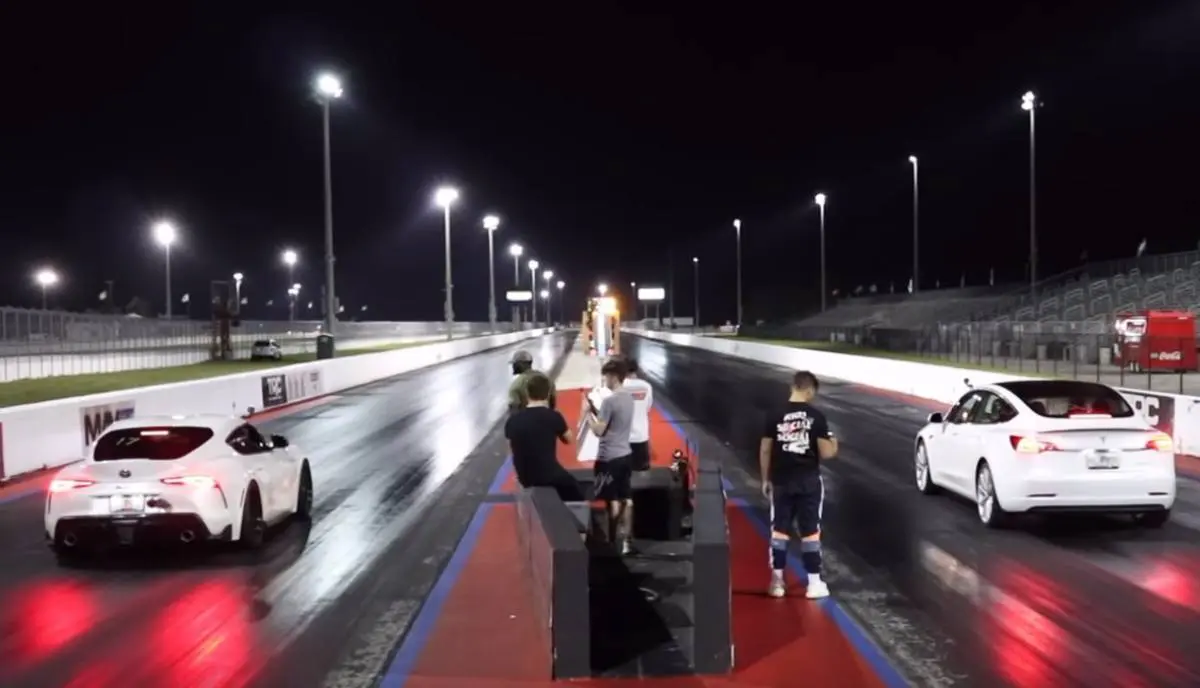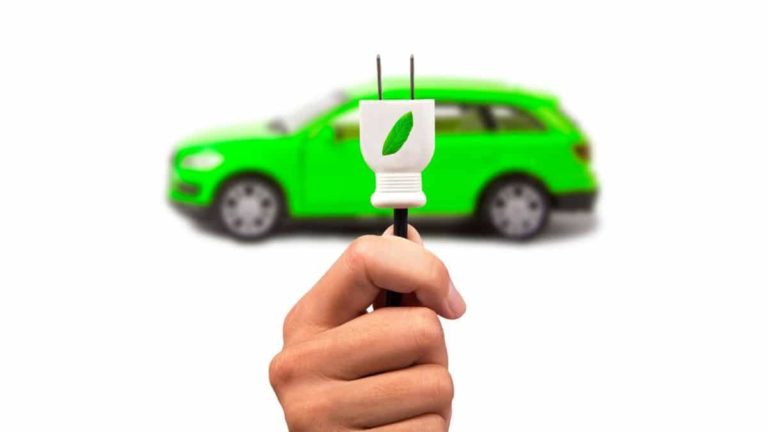Tesla Model 3 & Model S Performance Increase Has A Surprising Result

Recently, Tesla Model 3 and the Model S received a performance software update which guarantees a 5% increase in the former and minor performance upgrades in the latter. But how did that translate into real-world performance?
YouTube channel Drag Times answers the same question in a new video by comparing the quarter-mile drag race results of both cars, before and after Tesla’s performance software update.
Brooks, the channel’s host and owner, reports noticeable improvements in the Tesla Model 3 performance variant. However, the Model S, according to him, more or less remains the same after the new software performance upgrade.
Elon Musk earlier tweeted regarding an upcoming update in the Model S that’ll provide an extra 50 HP to the car. However, the video suggests that the update didn’t make a huge impact on the performance.
Tesla Model 3 And Model S Performance Increase Test Results
In his video, Brooks compared the drag race results and real-life acceleration tests of the Tesla Model 3 before and after the update.
He used his old Tesla Model 3 and his friends’ new Raven Tesla Model 3 Performance with the update. There is a 5% increase in the power of the Model 3 performance which currently makes 475 HP, so the additional increase in power is 23.7 HP.
Brooks did say that “given the weight of the Model 3 we don’t expect crazy gains” but they are still noticeable if we look at the results.
While testing, the older Tesla Model 3 completed a 0-60 mph run between 3.05 seconds to 3.1 seconds. However, driving the Raven Tesla Model 3 Performance with the new software update, Brooks managed to clock in 0-60 mph in 2.9 seconds, but according to him, it wasn’t easy.
He recommended that if the same car had lighter wheels, it could achieve 0 to 60 mph in 2.9 seconds relatively easily at 100% charge.
Brooks also posted quarter-mile timings for both the Model 3 electric cars. The timing difference between both cars’ quarter-mile drag is around 0.2 seconds. The Model 3 Raven also managed to cross the line at higher top speed than the older Model 3.
So overall, the performance gain in the Tesla Model 3 is noticeable, especially at the top end. The same can’t be said for the Tesla Model S, which received a slight horsepower increase coupled with a power redistribution between the front and rear electric motors.
The Model S, after the update, makes 584.2 kW. Earlier, it made around 580.7 kW of peak power, so there’s an increase of around 4 kW or 5.2 horsepower. The performance increase isn’t massive and the same is shown in its quarter-mile timings.
Before Tesla’s software performance upgrade, the Model S finished a 1/4 mile drag in 10.67 seconds and after the update, it finished the same in 10.66 seconds.
Brooks quoted the release notes from the new Tesla update to confirm that the acceleration on the Model S has been increased by tuning the front motor to produce more torque. Tesla has transferred some of the power from the rear motor to the front one.
So this might not be the 50 HP or 34 KW performance update that Elon Musk promised, but for the Model 3, it is still quite a noticeable upgrade.
Also Read: This Tesla Model X Killer Features A Digital Assistant & Fast Battery Swap






